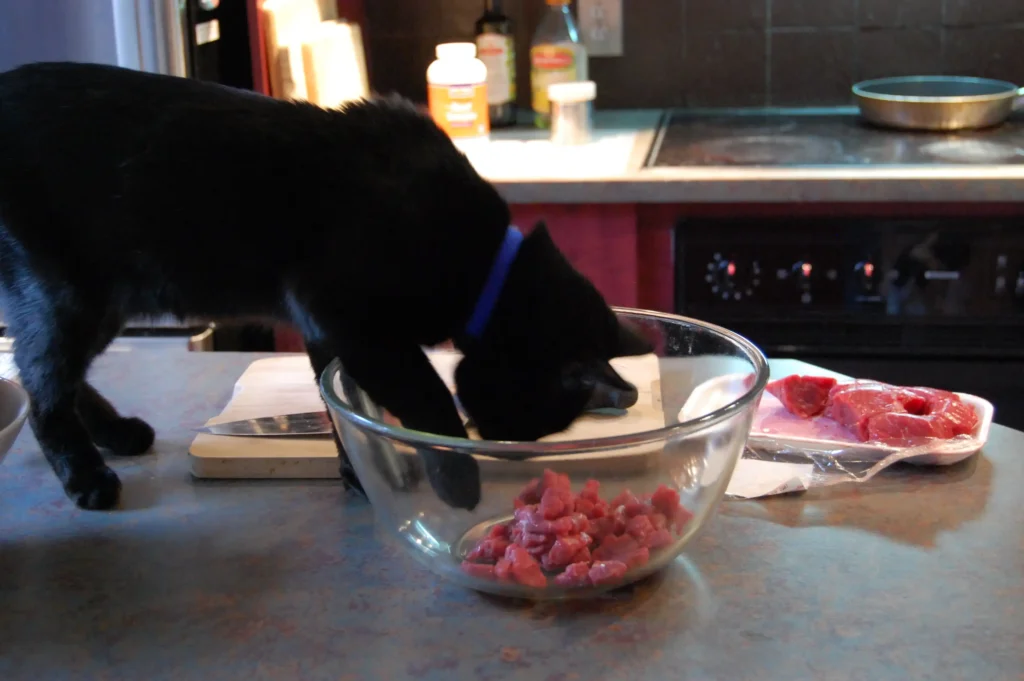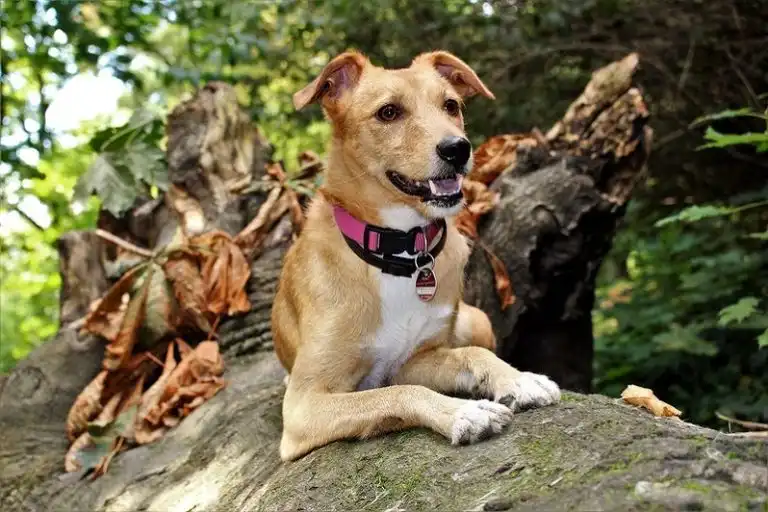As a pet owner, one of the most critical decisions you will make is what to feed your furry friend. The pet food market is saturated with options, each claiming to be the best. With so much information available,
Main Points of Post
7 Effective Ways to Find Your Lost Pet: A Comprehensive Guide
Losing a pet can be one of the most distressing experiences a pet owner can face. Whether they’ve slipped out the door, wandered off during a walk, or dashed out of the yard, the worry can be overwhelming. Fortunately, there are effective strategies to help locate your furry friend. In this article, we’ll explore seven proven methods for finding a lost pet, enriched with personal anecdotes to make the content relatable and engaging.
1. Stay Calm and Assess the Situation
When you first realize your pet is missing, it’s natural to feel a surge of panic. However, staying calm is crucial for effective action. Take a few deep breaths and gather your thoughts.
Personal Anecdote: The First Moments of Panic
I remember the first time my dog, Charlie, went missing. I had just opened the front door to grab the mail when he bolted past me. My heart raced as I watched him dash down the street, tail wagging. In those initial moments, I felt a mix of fear and helplessness. I quickly reminded myself to stay calm and think rationally.
Tip: Make a Quick Assessment
Check around your home and yard first. Dogs and cats often hide in familiar spaces when they’re scared. Look under furniture, in closets, and around bushes. Call their name softly, and listen carefully for any response.
2. Search Your Neighborhood
If your initial search doesn’t yield results, it’s time to expand your search to the neighborhood.
How to Conduct a Neighborhood Search
- Call Their Name: Use a calm voice and call out your pet’s name. If they respond, it can lead you to their location.
- Use a Favorite Toy or Treat: Bring along their favorite toy or treat to help entice them back. The familiar sound of a squeaky toy or the crinkle of a treat bag can catch their attention.
Personal Story: Finding Charlie
After searching the house, I stepped outside to look for Charlie. I walked around the block, calling his name and shaking a bag of treats. After a few minutes, I heard a faint bark coming from a nearby yard. I rushed over and found him happily sniffing around a neighbor’s garden!
3. Create and Distribute Flyers

If your pet isn’t home after your initial search, creating flyers is a practical next step.
Designing an Effective Flyer
When designing your flyer, consider the following:
- Clear Photo: Use a recent photo of your pet that highlights distinctive features.
- Detailed Description: Include the breed, color, size, and any unique markings or traits.
- Contact Information: Clearly state your phone number and email. If you’re offering a reward, mention it.
- Location and Date: Indicate where and when your pet was last seen.
Where to Distribute Flyers
- Local Businesses: Ask local shops, veterinary clinics, and pet stores if you can post your flyers.
- Community Boards: Place them on community bulletin boards and in mailboxes.
- Neighbors: Hand out flyers to your neighbors, asking them to keep an eye out.
4. Leverage Social Media
In our digital age, social media can be a powerful tool for finding lost pets.
How to Use Social Media Effectively
- Local Community Groups: Post in local community or lost pet groups on platforms like Facebook. Many neighborhoods have dedicated groups where members share sightings.
- Share on Your Profile: Post about your missing pet on your own social media accounts, asking friends to share. The more people who see your post, the better.
- Use Relevant Hashtags: Incorporate hashtags like #LostPet, #MissingDog, or #FindMyCat to increase visibility.
Personal Experience: The Power of Community
After posting about Charlie on social media, my neighbor shared it in our community group. Within hours, someone messaged me that they had seen him in the park just a few blocks away. It was heartwarming to see how quickly people rallied to help.
5. Visit Local Animal Shelters and Vets
Sometimes, pets are found and taken to local shelters or veterinary clinics.
What to Do
- Visit Shelters: Go to your local animal shelters and rescue organizations. Bring your flyer and ask if you can leave copies.
- Check with Vets: Call nearby veterinary clinics to see if anyone has brought in a pet matching your description.
Why This Matters
Shelters often hold lost pets for a certain period before putting them up for adoption. Regularly checking in can ensure you don’t miss the opportunity to reclaim your furry friend.
6. Use Technology and Apps
There are several apps and websites designed specifically to help locate lost pets.
Popular Pet Recovery Apps
- Finding Rover: This app uses facial recognition technology to help reunite lost pets with their owners. You can upload a photo of your lost pet and search for matches.
- PawBoost: PawBoost allows you to create lost pet listings and provides resources for recovery.
Microchip Your Pet
If your pet is microchipped, report them as lost with the microchip company. Ensure your contact information is up to date in their database, making it easier for someone who finds your pet to contact you.
7. Engage the Community in a Search
Community involvement can greatly increase the chances of finding your lost pet.
Organizing a Search Party
- Gather Friends and Family: Enlist help from friends, family, and neighbors to form a search party. More people can cover more ground and increase visibility.
- Create a Search Plan: Decide on specific areas to search and assign different sections to different people. Use walkie-talkies or mobile phones to stay in contact.
Personal Story: The Help of Friends
After a few days of searching for Charlie, I organized a search party. My friends came together with flashlights and snacks, ready to comb the neighborhood. We split into small groups and walked different routes. While we didn’t find him that night, we received a tip the next day from someone who had seen him. The support from my community was invaluable.



